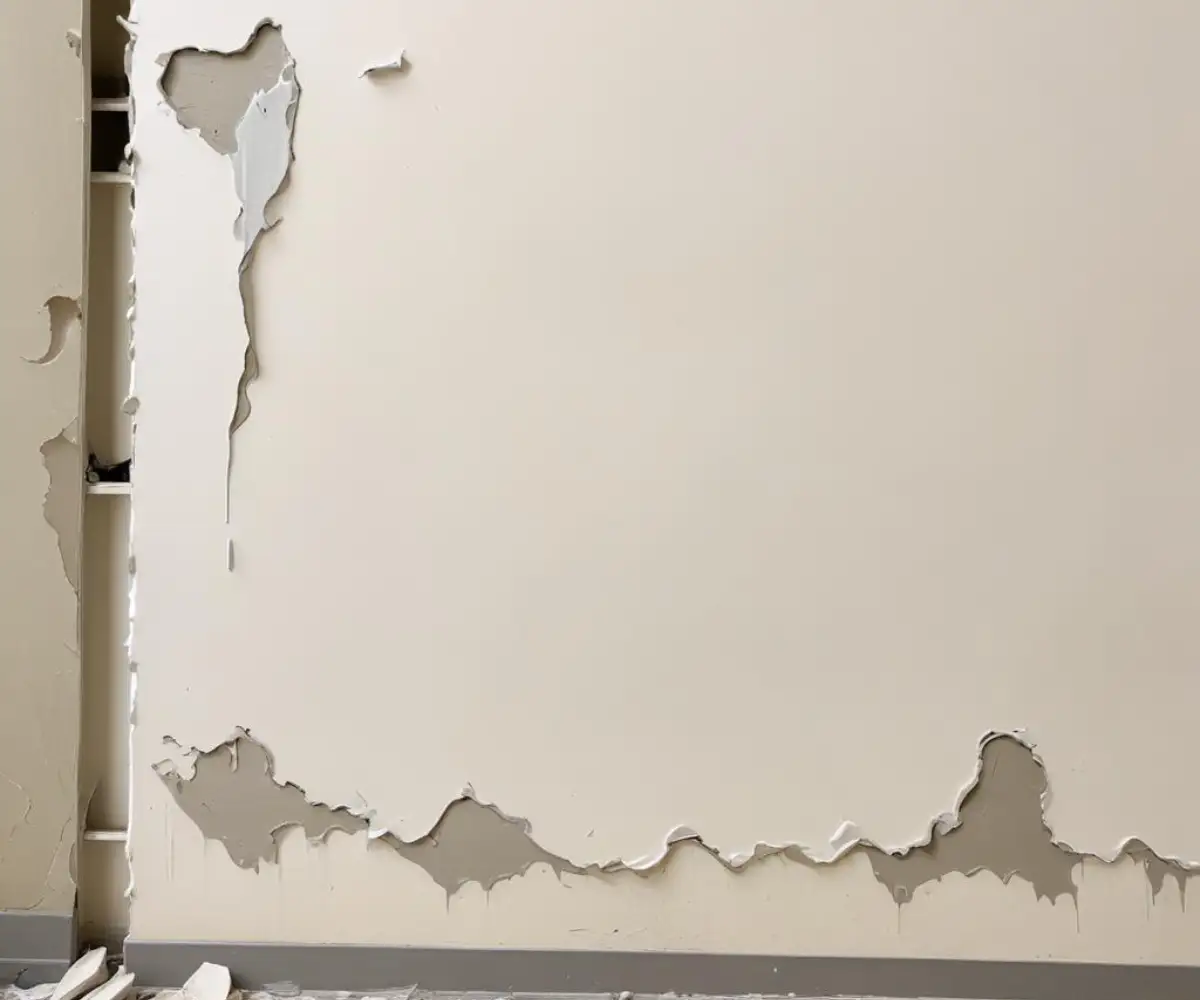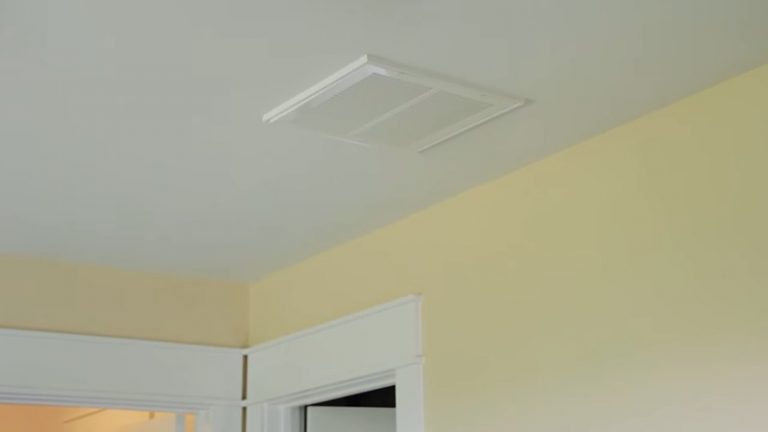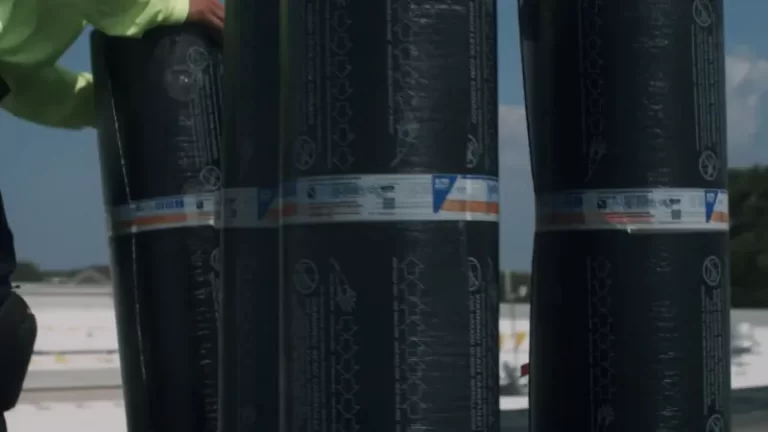Command Strip Wall Damage: Why It Happens & How to Stop It
Command Strips promise a world of decorating freedom, a magical way to hang photos, art, and organizers without a single nail hole. For renters, dorm dwellers, and the indecisive decorator, they sound like the perfect solution. Yet, for many, that promise shatters into a frustrating reality of peeled paint, torn drywall paper, and a security deposit in jeopardy.
You followed the instructions, you hung your favorite picture, but when it came time to move it, a chunk of your wall came with it. This experience is incredibly common, leaving many to wonder if “damage-free” is just a marketing myth. The truth is, these adhesive strips can be damage-free, but a successful outcome depends entirely on understanding how they work and, more importantly, how they fail.
This comprehensive guide will demystify Command Strip wall damage. We’ll explore the hidden culprits that turn a simple decorating tool into a wall-wrecking nightmare, provide a foolproof method for prevention, and give you a step-by-step plan to repair any damage that has already been done. Say goodbye to spackle-filled weekends and hello to decorating with confidence.
You'll Learn About
The Anatomy of Adhesion: How Command Strips Are *Supposed* to Work
Before we dive into the reasons for failure, it’s essential to understand the clever design behind Command Strips. They are not just simple double-sided tape. The system relies on a unique stretch-release technology that is key to their “damage-free” claim.
Each strip has a specific adhesive designed to bond strongly with the wall surface while the other side bonds to a hook or a corresponding Velcro-like strip. The real magic, however, is in the exposed pull-tab at the bottom. When you pull this tab straight down, parallel to the wall, the adhesive underneath stretches, elongates, and breaks its bond with the wall cleanly, leaving no residue or damage behind. The problems arise when this process is disrupted.
Why Do Command Strips Damage Walls? The 6 Hidden Culprits
If the technology is so smart, why are you left with a patchy, damaged wall? The failure rarely lies with the product itself but rather with a few critical, often overlooked, factors. Understanding these culprits is the first step to preventing the damage.
Culprit #1: Improper Surface Preparation
Think of the adhesive on a Command Strip like a tiny suction cup; it needs a clean, smooth surface to get a proper grip. Walls, even if they look clean, are often covered in a microscopic layer of dust, grease, or grime. Applying a strip over this layer means it’s sticking to the dust, not your wall, leading to a weak bond that can either fall prematurely or rip the paint when stressed.
Culprit #2: The Wrong Type of Wall Surface
Not all walls are created equal in the eyes of an adhesive strip. Command Strips work best on smooth, sealed surfaces. Applying them to textured walls, like those with an “orange peel” or popcorn finish, is a recipe for disaster. The adhesive can’t make full contact, creating a weak bond that is prone to failure. Similarly, wallpaper, unpainted drywall, or delicate, flat-finish paints can easily tear when the strip is removed.
You should also be wary of freshly painted walls. Paint needs time to cure and fully adhere to the drywall, a process that can take a week or more. Applying a strip too soon means the adhesive might bond more strongly to the new paint than the paint has bonded to the wall, guaranteeing a peel-off upon removal.
Culprit #3: Exceeding the Weight Limit
Every package of Command Strips clearly states a maximum weight capacity, a limit that many people underestimate or ignore. Overloading a strip puts constant, excessive stress on the adhesive bond. This is a common reason why frames suddenly crash in the middle of the night. For heavier items, it’s crucial to use the appropriate size and number of strips, and understanding how multiple strips work together is key to success.
Culprit #4: Incorrect Removal Technique
This is, without a doubt, the single biggest cause of Command Strip wall damage. The instinct is to pull the strip away from the wall, as you would with regular tape. This action works directly against the stretch-release technology. Instead of stretching the adhesive, you are simply ripping it off the wall, and it will take the weakest layer—usually your paint—with it.
Culprit #5: Environmental Factors
Adhesives are sensitive to their environment. High humidity, such as in a bathroom without proper ventilation, can weaken the bond over time, causing the strip to fail. Drastic temperature fluctuations can also cause the adhesive to become brittle and lose its effectiveness, making a clean removal difficult.
Culprit #6: Old or Expired Strips
Like many products, the adhesive on Command Strips can degrade over time. Using a pack of strips that has been sitting in a drawer for several years might result in a weaker bond or an adhesive that has become hard and brittle. This can lead to the pull-tab snapping off during removal, leaving you with a stuck hook and a much bigger problem.
The Ultimate Guide to Preventing Command Strip Damage
Now that you know the causes, preventing the damage is a matter of following a precise, step-by-step process. Treat this not as a casual suggestion but as a mandatory procedure for damage-free decorating.
Step 1: Choose the Right Strip for the Job
Don’t just grab any strip. Assess the weight of the item you’re hanging and choose a strip rated to hold at least that much weight—when in doubt, go a size up. For bathrooms or kitchens, always opt for the water-resistant “Bath” line of products, which are specifically formulated to withstand humidity.
Step 2: Meticulous Wall Preparation
This step is non-negotiable. Do not use household cleaners or water, as they can leave behind a slippery residue. Instead, take a clean cloth and wipe the intended spot on the wall with isopropyl rubbing alcohol. Let it air dry completely before proceeding. This simple action removes any oils or dust and creates the perfect surface for a strong bond.
Step 3: The Art of Application
Once the wall is clean and dry, apply the strip to your hook or frame first. Then, remove the “wall side” liner and press the item firmly onto the wall. Hold it in place with steady pressure for at least 30 seconds. This ensures the adhesive makes full contact with the wall surface. Finally, and this is crucial, wait at least one hour before hanging anything on the hook. This waiting period allows the adhesive to build its full strength.
Step 4: The Flawless Removal Technique
When it’s time to remove the strip, fight your instincts. Never, ever pull the tab out towards you. Instead, hold the hook or item gently in place with one hand and with the other, grab the pull tab.
Slowly pull the tab straight down, keeping your hand against the wall as you pull. The strip will stretch significantly, sometimes up to 15 inches, before it releases cleanly from the surface. If the tab breaks, you can gently warm the strip with a hairdryer to soften the adhesive and then use dental floss to “saw” through the foam and separate it from the wall.

When the Worst Happens: Your Wall Repair Guide
Even with the best intentions, accidents happen. If you’re currently staring at a patch of missing paint or torn drywall, don’t panic. Repairing Command Strip damage is a straightforward DIY project that requires only a few tools and a little patience.
Assessing the Damage
First, determine the extent of the problem. Is it just a chip of paint, or has the strip pulled away the paper layer of the drywall, creating a gouge? The severity will dictate your repair strategy. For minor paint chips, a simple touch-up may suffice. For torn drywall paper and deeper gouges, you’ll need to do a bit more patching.
Tools and Materials for a Seamless Repair
You can find everything you need at your local hardware store. For a typical repair, you’ll want:
- Fine-grit sandpaper (220-grit is ideal)
- A flexible putty knife
- Lightweight spackling paste
- A small can of primer
- A sample pot of your wall paint (many stores can color-match from a small chip)
Your 5-Step Repair Process
1. Prep the Area: Use your putty knife to gently scrape away any loose paint or frayed drywall paper around the damaged spot. Then, lightly sand the area to smooth out the edges.
2. Apply Spackle: Scoop a small amount of spackling paste onto your putty knife. Apply a thin, even layer over the damaged area, feathering the edges to blend with the surrounding wall. The goal is to make the surface level.
3. Sand Smooth: Let the spackle dry completely according to the manufacturer’s instructions. Once dry, use your fine-grit sandpaper to gently sand the patched area until it is perfectly smooth and flush with the wall. Wipe away any dust with a clean, dry cloth.
4. Prime Time: Apply a thin coat of primer over the sanded patch. This is a critical step that seals the spackle and prevents the paint from looking dull or different from the rest of the wall.
5. Paint to Match: Once the primer is dry, use a small brush or roller to apply your matching wall paint over the primed area. You may need two coats to achieve a seamless blend.
| Damage Level | DIY Repair Difficulty | Estimated DIY Cost | Common Tools Needed |
|---|---|---|---|
| Minor Paint Chip | Very Easy | $10 – $20 | Touch-up paint, small brush |
| Peeled Paint (No Drywall Tear) | Easy | $25 – $40 | Spackle, putty knife, sandpaper, primer, paint |
| Torn Drywall Paper / Small Gouge | Moderate | $25 – $40 | Spackle, putty knife, sandpaper, primer, paint |
Beyond the Strip: Alternatives for Damage-Free Decorating
If your experience with adhesive strips has left you wary, there are other fantastic options for decorating your space without long-term commitment or damage. These alternatives are particularly useful for those looking for ways to hang items like a pegboard for organization or need apartment-friendly solutions for functional items like a whiteboard for studying.
High-Performance Hooks and Hangers
Several products on the market use very thin, sharp pins or nails that are designed to enter the drywall at an angle. These can hold significant weight and leave behind a hole that is barely visible and easily filled with a tiny dab of spackle or even toothpaste in a pinch.
Mounting Putty
For very lightweight items like posters and unframed photos, reusable mounting putty is an excellent choice. It’s less aggressive than adhesive strips and can be removed cleanly from most surfaces without leaving a trace.
Tension Rods
Don’t underestimate the power of a good tension rod. They are perfect for hanging curtains, room dividers, or lightweight tapestries in alcoves, between two walls, or within window frames without a single hole.
Frequently Asked Questions (FAQ)
Can I reuse Command Strips?
No, the hooks and clips can be reused, but the adhesive strips are designed for a single use. You must use a new strip each time you re-hang an item to ensure a secure bond.
Why did my Command Strip fall off the wall?
The most common reasons for a strip failing are improper wall preparation (not cleaning with alcohol), applying it to a textured surface, overloading it with too much weight, or high humidity weakening the adhesive.
How long do Command Strips last?
When applied correctly under ideal conditions, Command Strips are designed to hold for as long as you need them to. However, the adhesive can become brittle over many years, which can sometimes make removal more difficult.
Conclusion: Decorate Smart, Not Hard
Command Strips can be a decorator’s best friend or a wall’s worst enemy. The difference lies not in the product, but in the process. By understanding the common culprits of wall damage—from improper preparation to incorrect removal—you can harness the true “damage-free” potential of these handy tools.
Always prepare your surface, choose the right strip for the weight and environment, and most importantly, remember the slow, steady, downward pull during removal. With these principles in mind, you can confidently hang, rearrange, and redecorate your space, secure in the knowledge that your walls will remain as pristine as the day you moved in.


